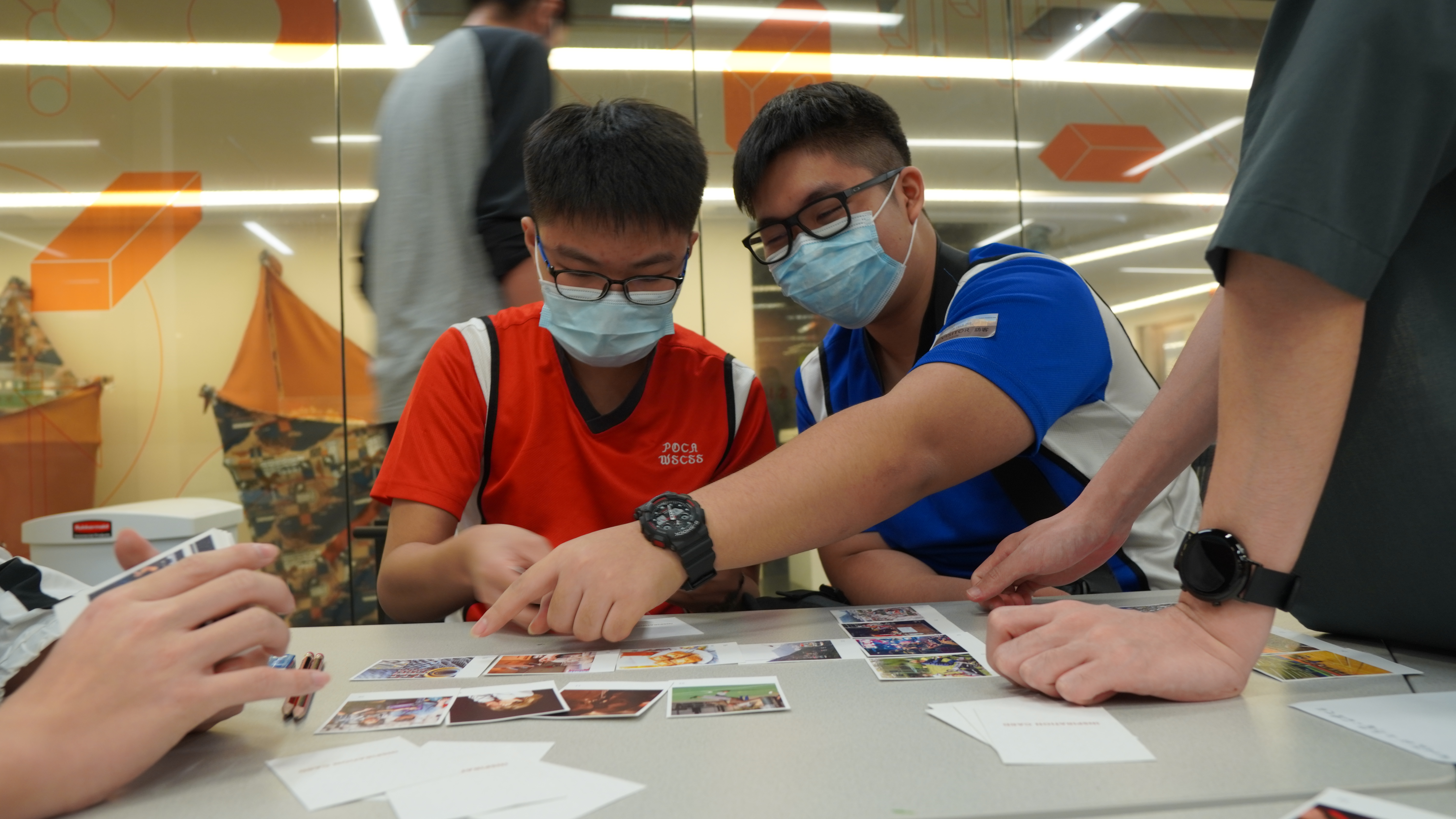Author: Mr John Ching
(Also published on the Edu Insights Column of the HK Educators’ Club)
The value of Positive Education
Positive Psychology was proposed in 1998 by Martin E. Seligman, then President of the American Psychological Association. It is a field of academic study that focuses on personal strengths and on establishing positive emotions and virtues. Unlike traditional psychology, which is centred on problems and focuses on solving or improving negative ways of thinking or personal weaknesses, Positive Psychology aims at offering guidance to lead an enriched, joyous and meaningful life. Positive Psychology attaches much importance to discovering and nurturing personal strengths and potentialities and putting them to work; it fosters personal growth through optimism, happiness, caring relationships, and other positive elements that can help people to positively embrace day-to-day stresses and challenges and strive for a fulfilling life. Studies have revealed that Positive Psychology can help pave the way for whole-person development. In recent years, Positive Psychology has also been applied to education with the rise of the field of Positive Education.[1]
Having grown out of Positive Psychology, Positive Education has inherited its main principles from Positive Psychology. It holds that through education, students learn to understand and make good use of their personality strengths and accumulate positive experiences; through this they can develop positive emotions, a positive attitude towards life and a sense of happiness that fortifies their inner abilities. Armed with positive beliefs and hope, students graduate with the ability to manage real-life settings and to lead fulfilling lives even when they encounter adversity.[2]
The role of education in passing on knowledge or skills certainly remains important in the 21st century. However, the contents of such an education may have a short shelf-life in times of rapid progress and social change. Students unavoidably face an array of new challenges. For example, there is rapid evolution in the types of jobs that societies demand. Students who do not make the necessary adaptations in their career planning (or are not emotionally ready to embrace change) might therefore struggle after graduation. Positive Education is not about eliminating life’s difficulties and negative thoughts but rather about helping students build on their positive inner abilities so that they become aware of their meaning and completeness over the course of their personal development. With a less-than-strong psychological state, students will find it hard to live happily even if they have been provided with rich information. Positive Education is indeed very important in this era.
Positive Education can be practised through different channels and in a number of ways. One possibility is something as simple as adjusting the wordings and expression in the instruction (which, despite its apparent simplicity, is in fact a huge project that I may discuss elsewhere at another time). In this article, I would like to introduce Design Thinking to readers. This emerging approach in academia is a fun and positive method that is very well-suited to applied Positive Education.
Characteristics of Design Thinking
Design Thinking is a system for solving problems with a people-oriented approach. Concrete procedures are used to consider users’ needs and thereby create opportunities for devising innovative solutions to problems.[3] While exploring actual cases (or problems), participants contemplate various possibilities, construct practical solutions, and test their feasibility. Students are trained to apply different competences, such as observation, organisation, problem-solving abilities, logical analysis and presentation skills, to achieve the goals of education.

Students were taking part in the “SoInno Design Education” Workshop. They were creating transmedia story-telling campaign to raise public concerns on mental health issues.
Positive Learning and Design Thinking
Living in the 21st century, we are all aware of the rapid changes taking place. The ever-increasing demand for higher Internet connection speeds over the past twenty years, for example, has moved us from telephone lines to fibre optic broadband. Whereas in the past we were asking only for access to information, today we demand high-definition livestreaming. This particular shift does not merely reflect a change in the (technical) flow of information but also changes in society and our ways of life. As data transmission speeds increase and the Internet penetration rate soars, the value of certain forms of knowledge has depreciated. Students no longer strictly adhere to the knowledge printed in their textbooks when they work on projects; instead, they turn to the Internet for learning. A number of reasons can be suggested for this. First, online information tends to be more engaging and the presentation of material online can be refreshing and easy to understand. Second, the information available online can be more up-to-date. Self-learning is therefore increasingly feasible (although students are certain to run into other problems, such as that of how to differentiate between true or false information). For the same reasons, I believe that presenting a thinking system should be a feature of a good education, for it can help equip students with the independent thinking and problem-solving abilities they will need to manage different scenarios in the future.
Recalling my interactions with students during a Design Thinking class, there was one student who was obviously less competent and rarely spoke up. Because of the way the Design Thinking session was conducted, certain tools were available for individual processing and for the systematic recording of observations and organisation. In the end, this student was able to present his findings and views using these tools, which facilitated his learning. I believe the student could consider this a good “possibility of success” experience. More importantly, the experience was valuable in nurturing him toward the right attitude to learning.
Through Design Thinking instruction, students can draw on their personal strengths to construct solutions and can also complete tasks through team collaboration. In addition to a sense of achievement in completing their assignments, students can put their personal strengths to work while developing positive emotions and an attitude of embracing adversity. While we understand that there is more truth in ‘exams are designed for people’s learning’ rather than ‘learning is designed for exams’ (albeit the latter represents quite a large proportion of the market), assessment or grading based on a single correct answer may fail to effectively evaluate the abilities of students from different backgrounds. Furthermore, readers are likely to have their own reflections on whether exams are set to nurture or break a person in the rather competitive and exam-oriented education market of Hong Kong. Exams do have useful functions, but in a system that decides the path of students with a single assessment or major exam, it is unsurprising that there are more lives broken than nurtured. In an era that emphasises diversity, it is perhaps high time that students are enabled to learn in a fairer way that seeks to develop their personal strengths.
[1] See Emotional Health & Counselling Centre, United Christian Nethersole Community Health Service http://ucep.org.hk/positive_psychology/index.php; Baptist (Sha Tin Wai) Lui Ming Choi Primary School, https://www.bstwlmc.edu.hk/?page_id=7298, and the Positive Education Laboratory, Department of Social and Behavioural Sciences, City University of Hong Kong, http://www.cityu.edu.hk/ss_posed/content.aspx?lang=zh&title=2.
[2] See Baptist (Sha Tin Wai) Lui Ming Choi Primary School, https://www.bstwlmc.edu.hk/?page_id=7298.
[3] SoInno Design Education, PolyU Jockey Club Operation SoInno, https://www.polyujcsoinno.hk/en/programme/design-education.
